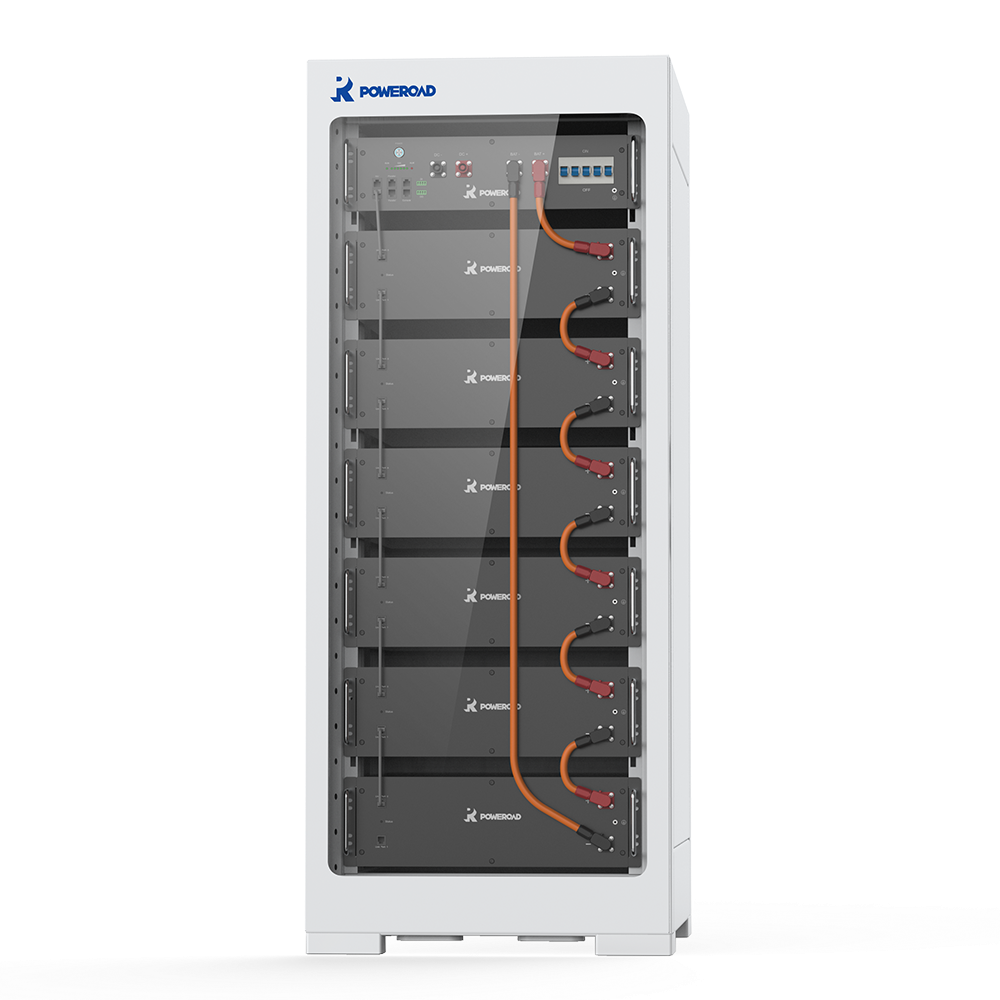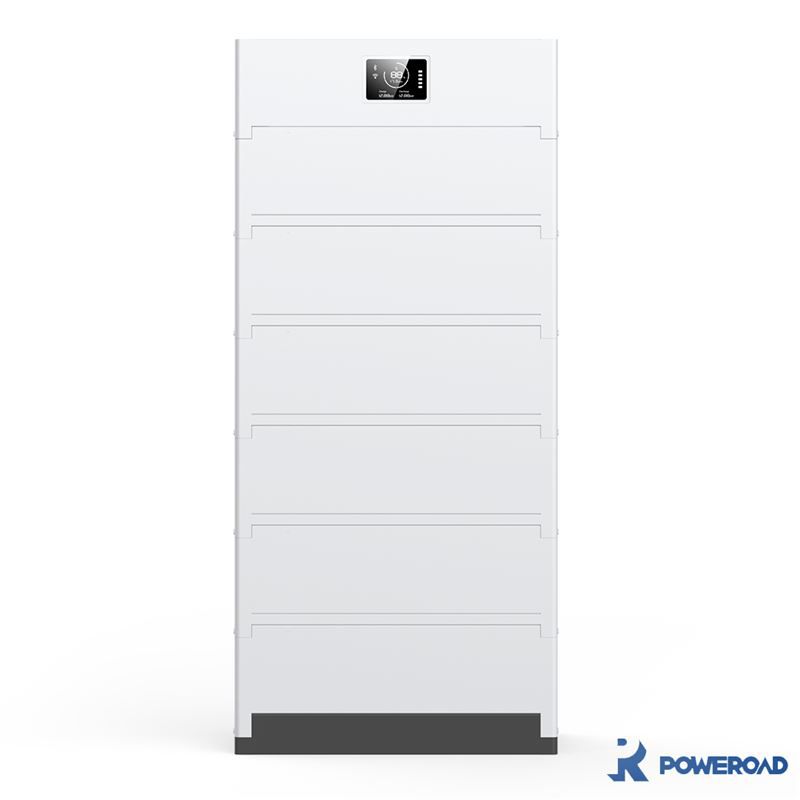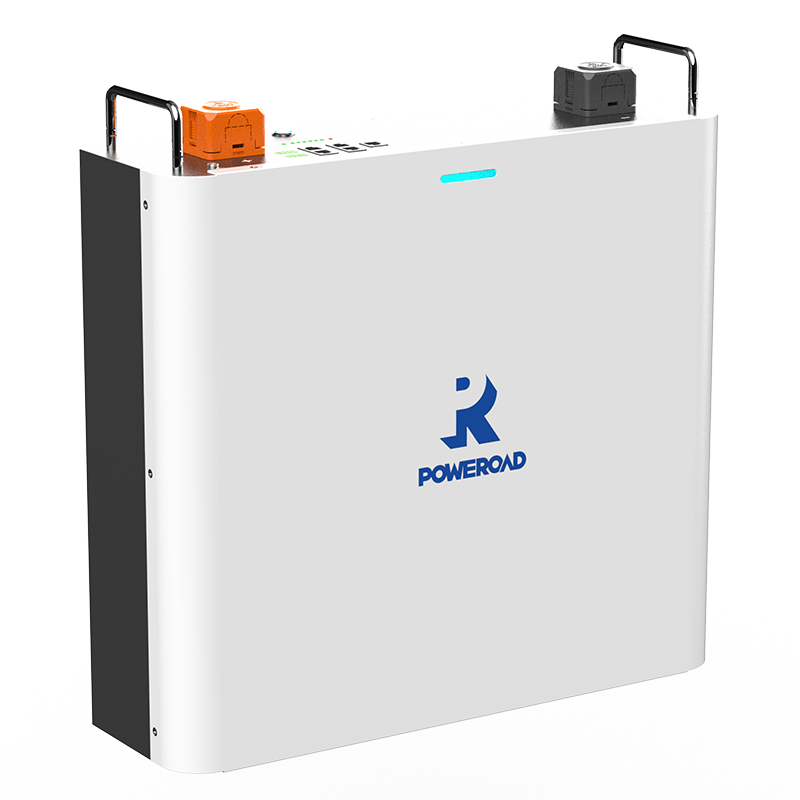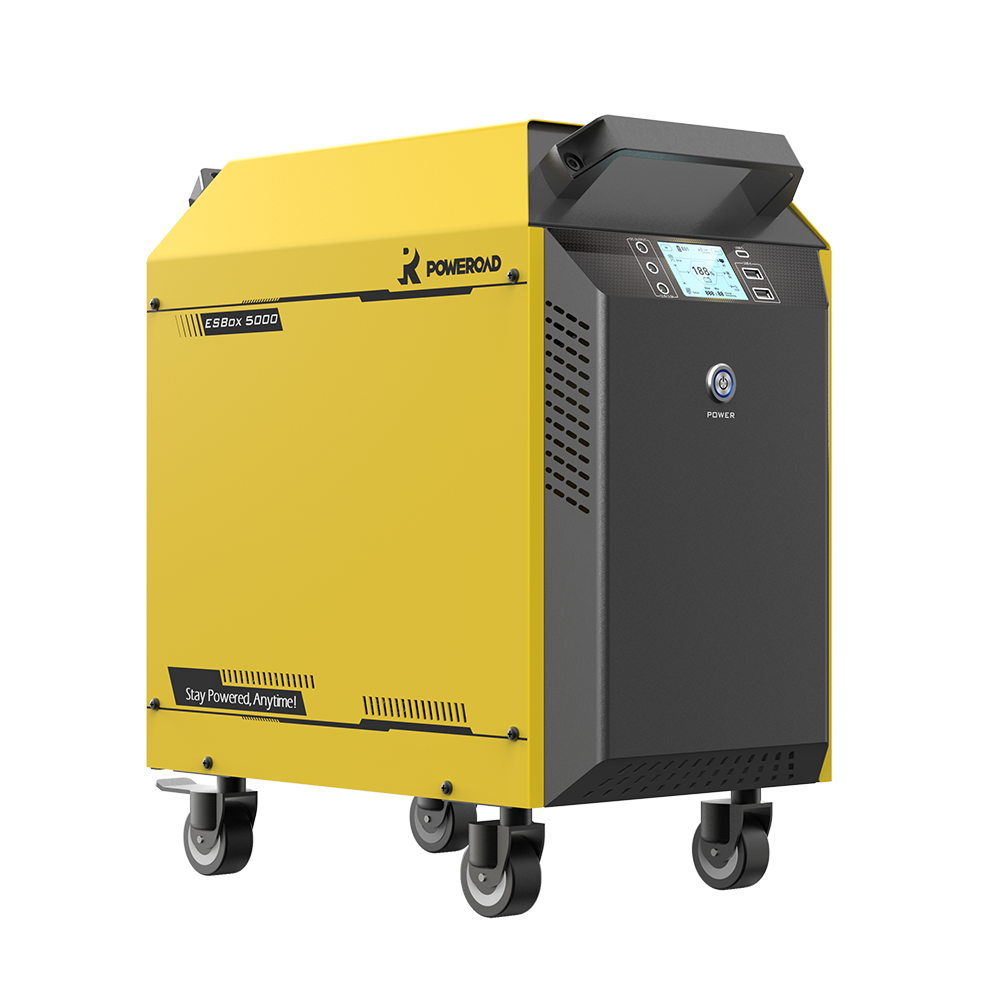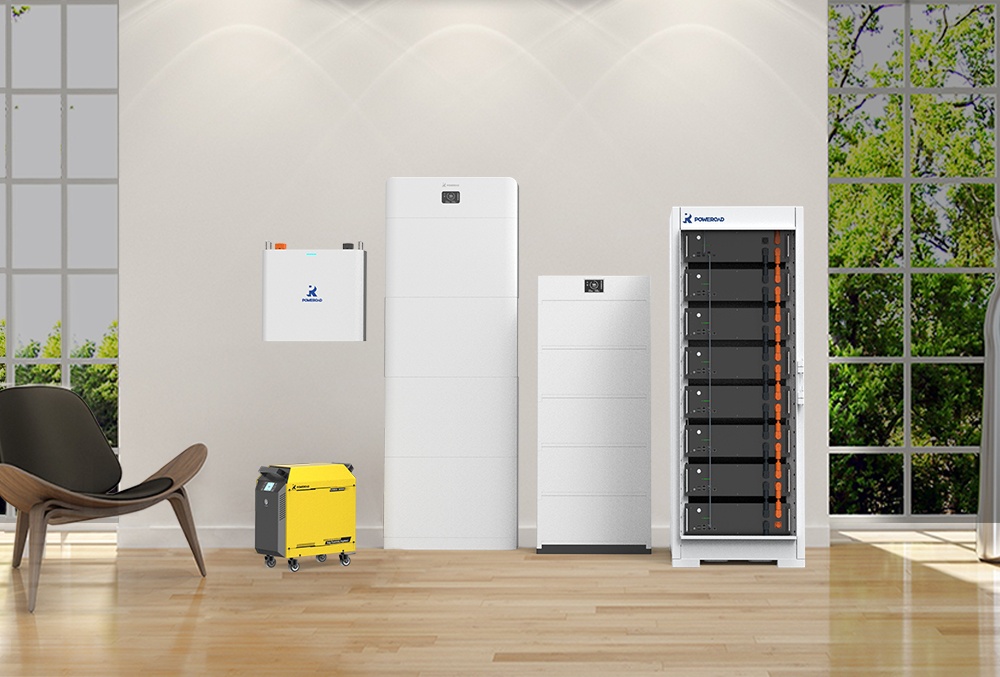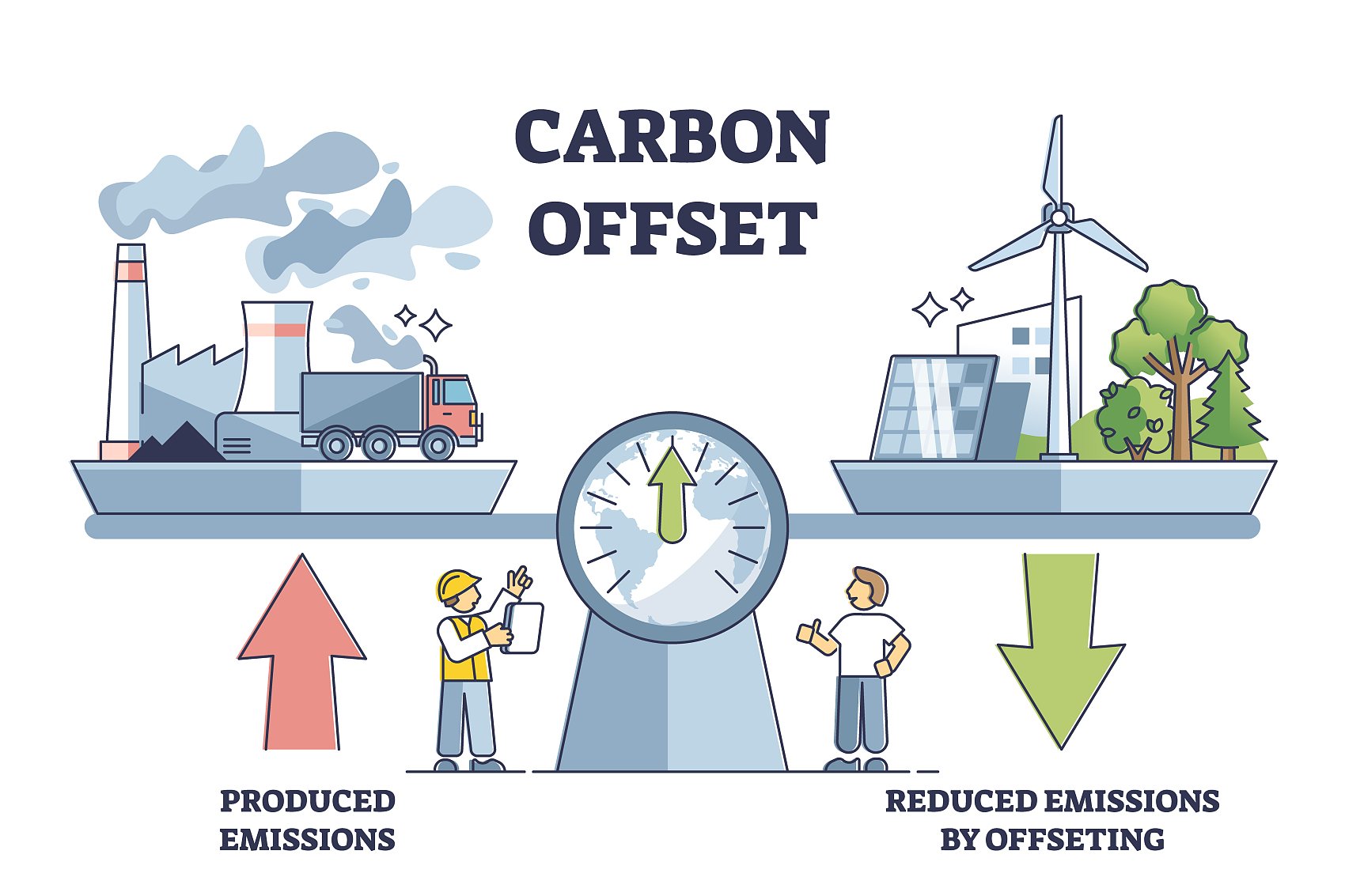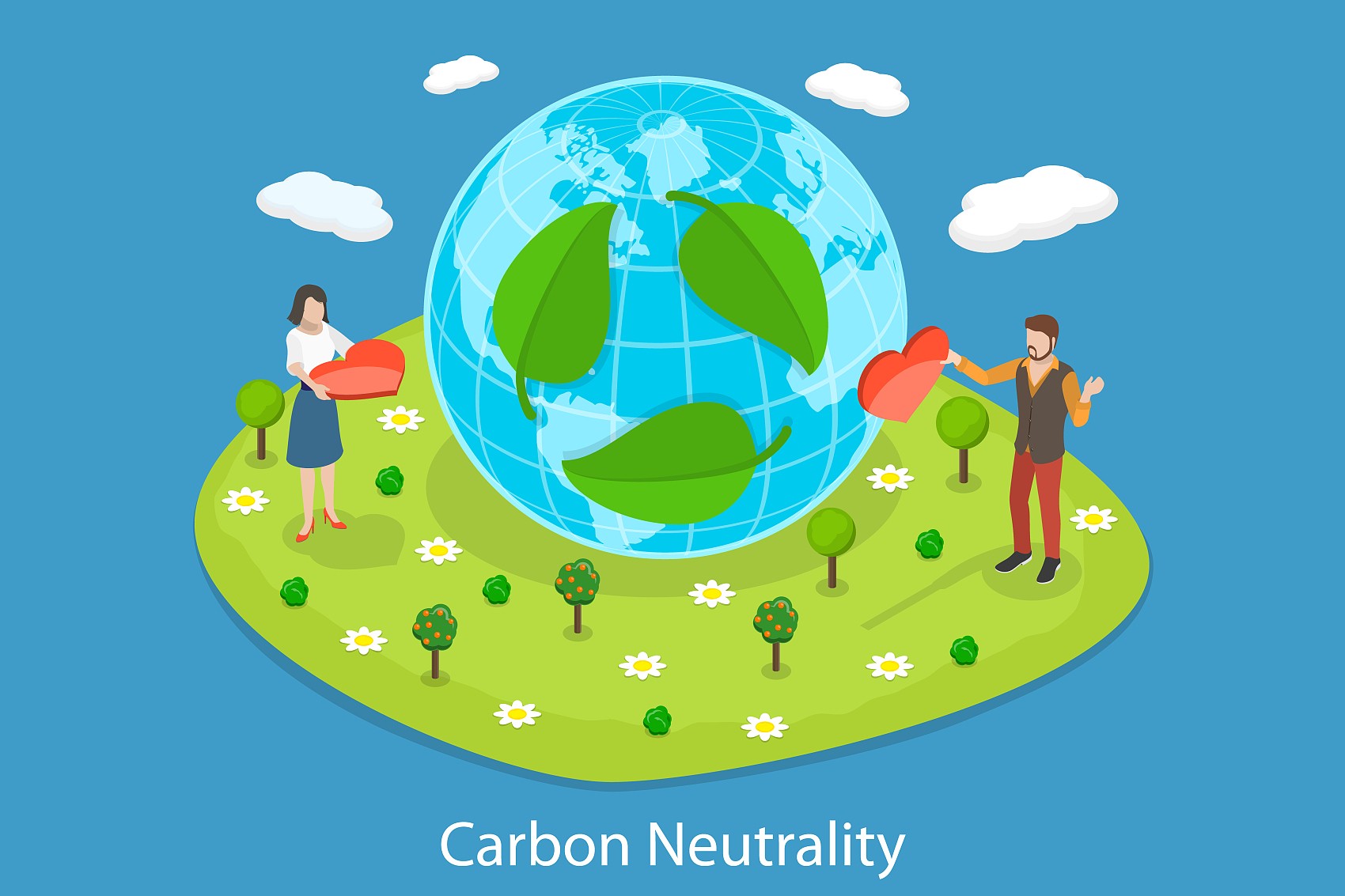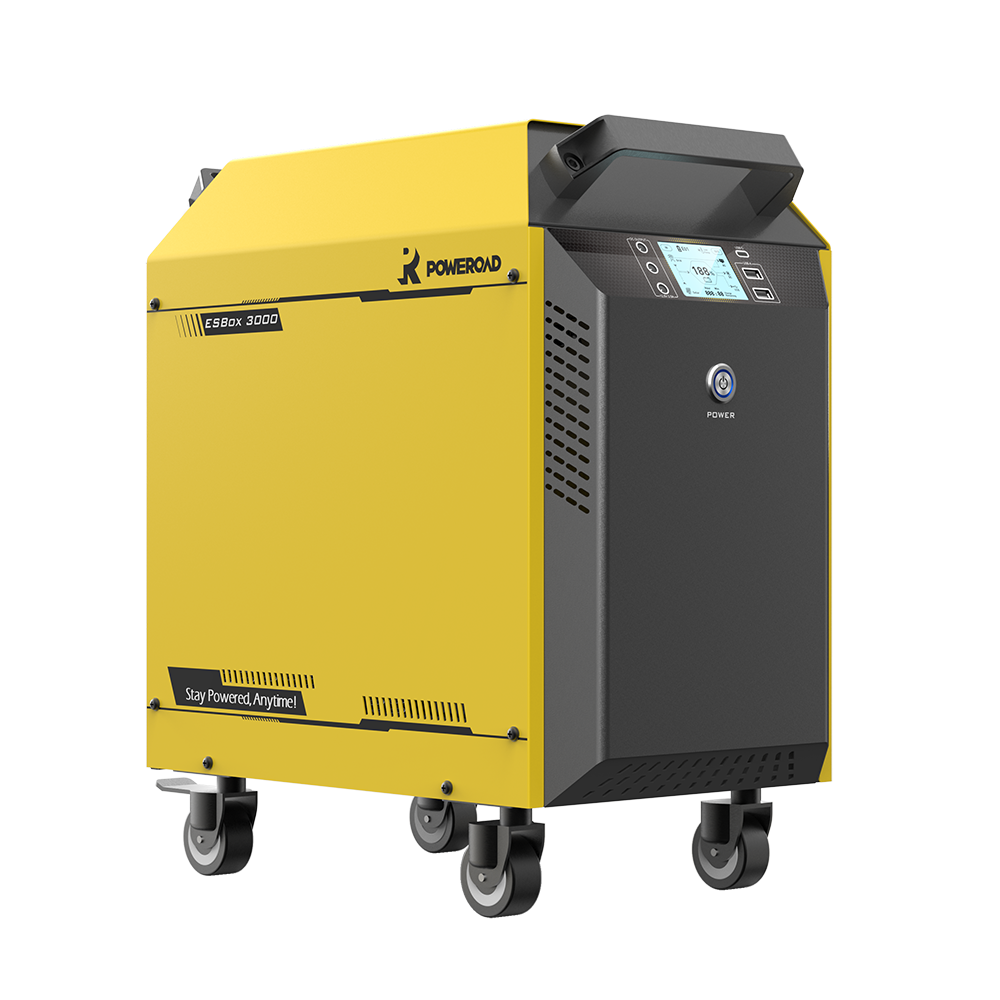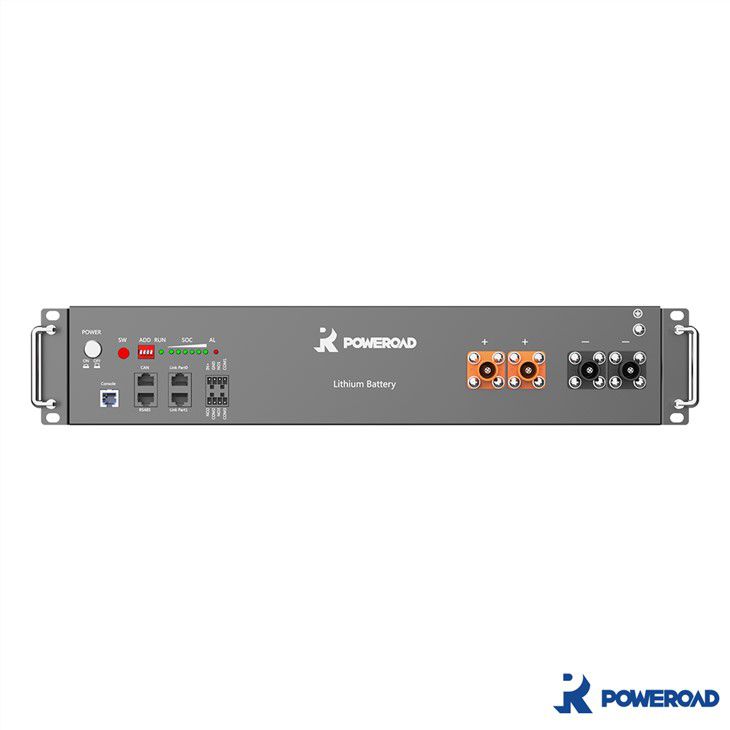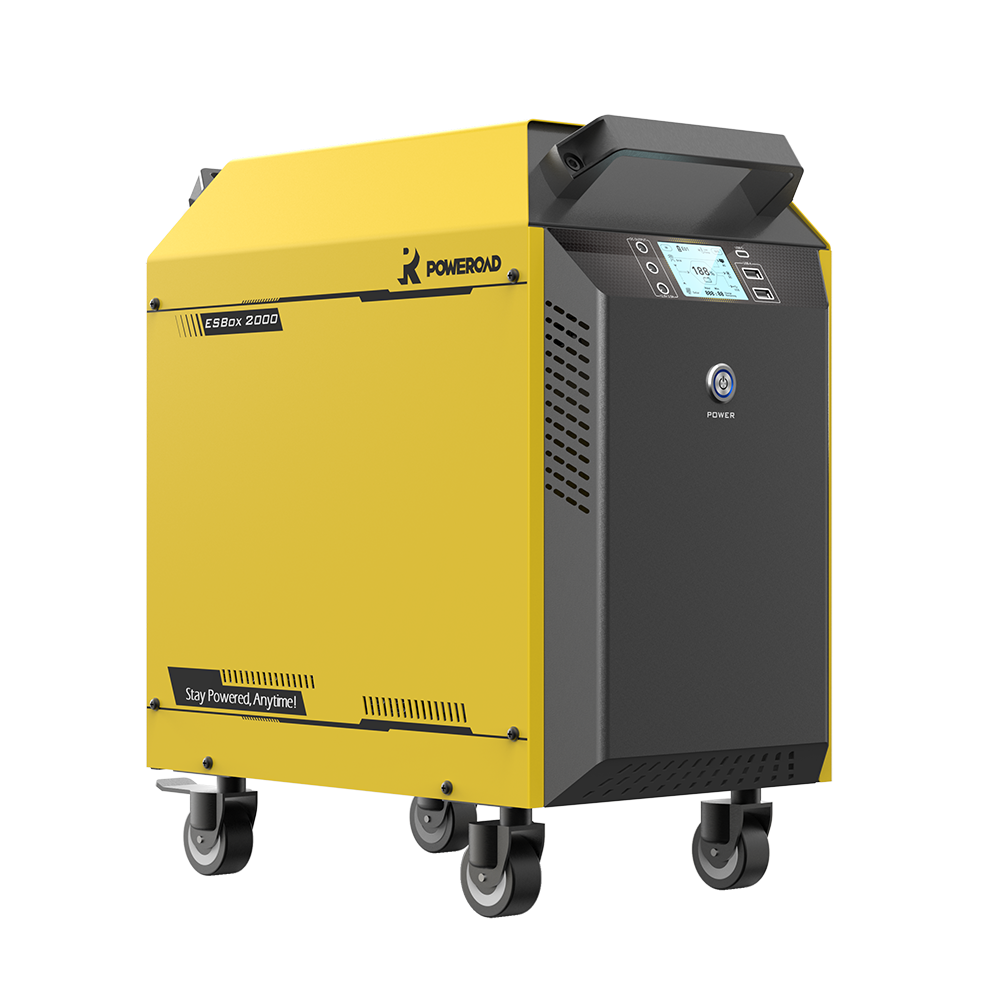We’ve heard lots about Net Zero, Carbon Neutral or Climate Neutral. What’s the difference among them? And how does energy storage contribute to them? We will figure it out from this article.
Whether it is Net Zero, Carbon Neutral or Climate Neutral, it is the goal of climate action to slow down, adapt or even reverse the survival challenges of human civilization under the climate crisis. According to the research of scientists, the current climate crisis is largely due to the large number of greenhouse gases produced by the human industrial revolution, which caused the warming of the earth. If the earth is not prevented from warming more than 1.5 degrees C to 2 degrees C before the industrial revolution, the earth is likely to be unfit for human habitation in 2100. A key to stopping global warming is to reduce global carbon emissions to 2005 levels by 2050.
Why is there net zero, carbon neutrality, climate neutrality?
In January 2020, Microsoft announced a challenge worthy of humanity’s next “moonshot” : to go carbon negative by 2030, when Microsoft will remove more carbon from the environment than it emits. Microsoft has pledged to eliminate from the environment by 2050 all carbon emissions generated since the company was founded in 1975, either directly or through the use of electricity.
In July 2020, Apple announced that its entire business activities, manufacturing supply chain, and product life cycle would be carbon neutral by 2030, demonstrating a more aggressive goal than the IPCC (The Intergovernmental Panel On Climate Change) of reaching zero climate impact by 2050.
At the same time, Microsoft teamed up with NIKE, Starbucks, Unilever, Mercedes-Benz, Danone and other industry leaders To establish the “Transform To Net Zero” alliance, committed to promoting the transformation of various industries to net zero emissions.
It can be seen that Net Zero, Carbon Negative, Carbon Neutral or Climate Neutral is a climate action goal, All these are to slow down, adapt and even reverse the challenges to the survival of human civilization under the climate crisis.
According to the research of scientists, the current climate crisis is largely due to the large number of greenhouse gases produced by the human industrial revolution, which caused the warming of the earth. If the earth is not prevented from warming more than 1.5 degrees C to 2 degrees C before the industrial revolution, the earth is likely to be unfit for human habitation in 2100. A key to stopping global warming is to reduce global carbon emissions to 2005 levels by 2050.
So net-zero, carbon negative, carbon neutral, climate neutral, etc., are all used to set targets for climate action.
What is net zero, carbon neutral and climate neutral?
According to the IPCC definition:
What is Carbon Neutral?
Carbon neutrality, or net zero carbon dioxide (CO2) emissions of a business or organization, is achieved when the removal of CO2 reaches equilibrium (the measurement period is usually one year).
What is Net Zero, net zero carbon emissions, net zero emissions?
Because the greenhouse gases that cause global warming are not only carbon dioxide, but also methane, etc. To reverse the climate crisis, carbon reduction alone is not enough, we must reduce all greenhouse gas emissions, net zero means that greenhouse gas emissions are close to zero.
The IPCC states that without the natural greenhouse effect, the average temperature of the Earth’s surface would fall below freezing and humans would not be able to live. However, human activities such as burning fossil fuels and deforestation greatly expand the natural greenhouse effect and cause global warming.
More than 99% of the Earth’s atmosphere is composed of nitrogen (N2) and oxygen (O2), the highest content of the gas is nitrogen (78% in the dry atmosphere) and oxygen (21%), the two gases have almost no greenhouse effect.
The greenhouse effect mainly comes from water gas, followed by carbon dioxide (CO2), and the presence of a small amount of methane (CH4), ozone (O3), nitrous oxide (N2O), chlorofluorocarbons (CFCs), chlorofluorocarbons (HCFCs), hydrofluorocarbons (HFCs) in the atmosphere will also lead to the greenhouse effect.
According to the IPCC, in the past century, cars, airplanes, power plants and factories burned a large amount of coal and oil, emitting a large amount of CO2, which enhanced the greenhouse effect. In addition, greenhouse gases released into the air have a stable life span of several decades or more, and the concentration of carbon dioxide, which has increased rapidly since the industrial Revolution, is the biggest threat.
What is Climate Neutral?
It is in addition to efforts to move towards net zero emissions of various greenhouse gases that regional or local geophysical effects, such as radiative forcing from aircraft condensation trails, are considered, and businesses or organizations that strive towards zero environmental impacts have the opportunity to achieve climate neutrality.
How are greenhouse gases produced?
There are at least seven greenhouse gases:
- Carbon dioxide (CO2) : mainly produced when fossil fuels are burned;
- Methane (CH4) : emitted mainly by ruminants (such as sheep and cows) and landfills;
- Nitrous oxide (N2O) : mainly from fertilizer use in crops and livestock;
- Hydrofluorocarbons (HFC) : mainly from air conditioning, refrigeration equipment emissions;
- perfluorocarbons (PFCS) : mainly from the aluminium industry;
- sulfur hexafluoride (SF6) : mainly emitted by switchgear;
- Nitrogen trifluoride (NF3) : Emitted primarily during computer manufacturing.
Carbon dioxide is the most dangerous greenhouse gas to the environment, not only because of its high emissions, but also because it remains in the atmosphere for hundreds of years. After carbon dioxide is emitted by human production and life, it can not be completely absorbed by nature. Scientists show that 86% of this large amount of carbon dioxide is mainly from human emissions of fossil fuel processes, and the remaining 14% comes from human land use. These data show that carbon neutrality has long appeared in our lives, and in order to change such an energy system, human beings must start to change the traditional energy system led by fossil energy.
The 2015 United Nations Climate Summit (COP 21) concluded the Paris Climate Agreement, with hundreds of countries agreeing to become carbon neutral by 2050. The most important thing about the Paris climate agreement is that the countries that have agreed to it have promoted domestic legislation to legislate the net zero target and ensure that the common goal of mankind can be achieved.
Under the goal of carbon neutrality, accelerating the green transformation of energy by increasing the proportion of renewable energy such as photovoltaic and wind power has become a global consensus. In areas rich in solar energy resources, installing photovoltaic on the roofs of residents can not only solve part of the electricity problem, but even allow more people to live a stable life through stable and safe energy storage technology. According to the International Energy Agency, global renewable energy installed capacity increased by a record 300 GW in 2022. After 2030, the world will add an average of 1,000 GW of renewable energy capacity per year. The “wild surge” of renewable energy installed capacity has directly driven the “Rigid Demand” of energy storage: to solve the intermittence and volatility of renewable energy generation, it is necessary to intervene through the energy storage system to calm fluctuations and stabilize the grid.
Before the meter (power generation side and transmission and distribution side), energy storage can smooth power generation fluctuations and absorb renewable energy. It can also improve the stability of power grid through frequency modulation and peak regulation. After the meter (at the user side), energy storage can help distributed photovoltaics achieve self-use, excess power can be sold to the grid, and users can also reduce the cost of electricity through peak valley arbitrage.
The deployment of renewable energy allows CO2 reduction which helps contribute to Carbon Neutral. According to the records, energy storage deployment yields significant CO2-emissions reductions. Especially combining with PV, the energy storage batteries can shift generating loads away from coal-fired units towards clean energy, and the combination of PV plus energy storage batteries offers a low-cost source of flexibility for electricity generation. In this enormous wave of revolution, carbon neutrality will be an opportunity, and those who ride the wind will undoubtedly usher in a brighter tomorrow.
Related Products

POWEROAD Meta L2 Stacking Residential LiFePO4 Battery Energy Storage System Off-Grid Back Up Power

POWEROAD Era L2-48 Residential LiFePO4 Battery Energy Storage System

POWEROAD Meta H1 High-voltage Stacking Residential LiFePO4 Battery Energy Storage System Off-Grid Back Up Power
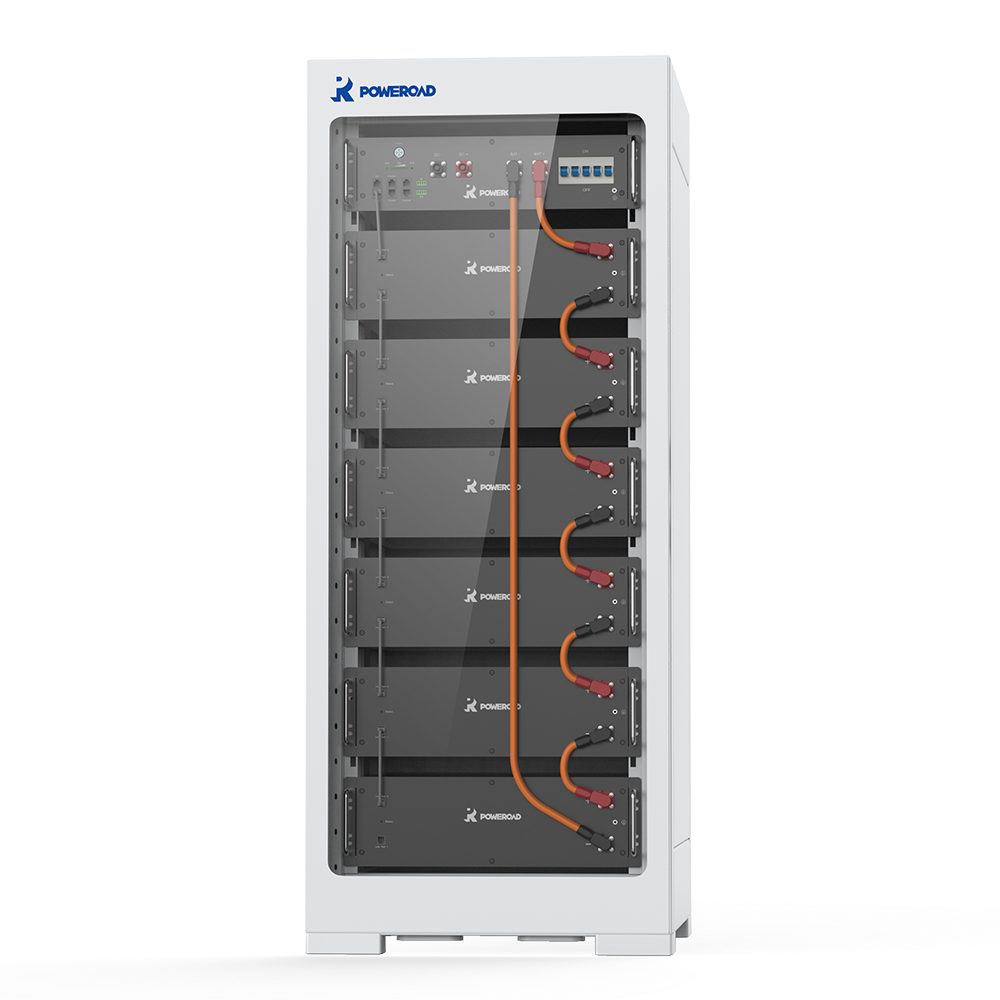
POWEROAD Era H1 Residential LiFePO4 Battery Energy Storage System

